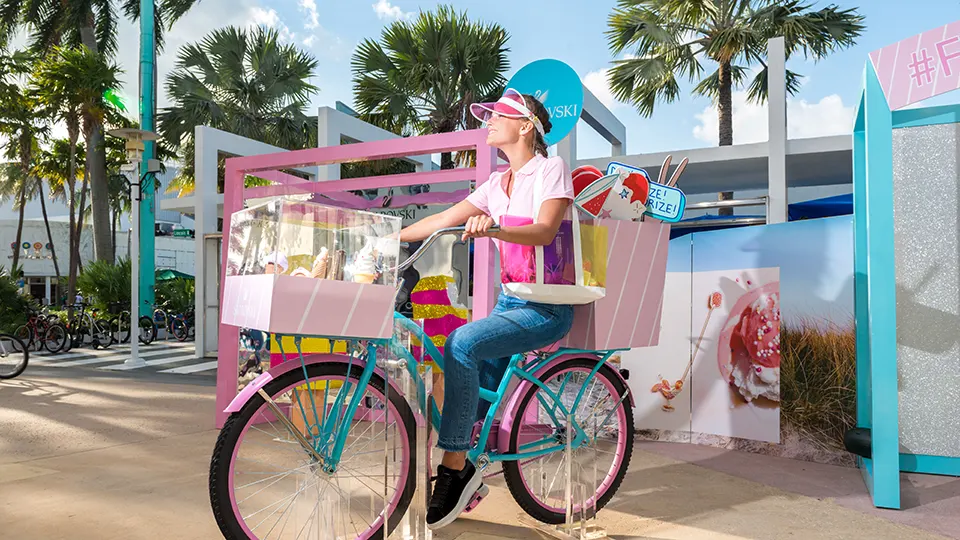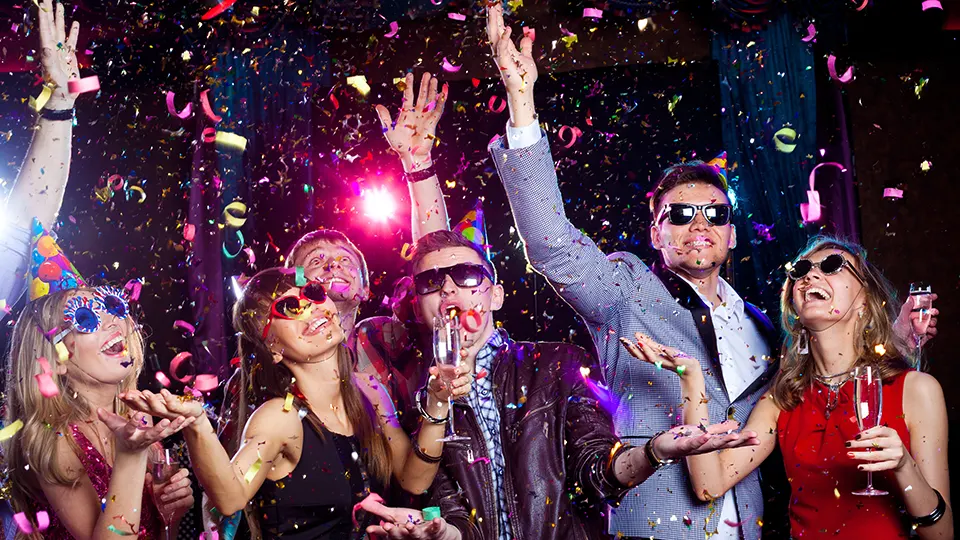When measuring how successful (or unsuccessful) an event may be, begin by asking one simple question: How did your guests feel afterward? Sure, they may have noticed the decor, enjoyed the food and drinks, and liked the entertainment, but if they didn’t walk away with an emotional response of some kind, that’s a missed chance at a meaningful connection.
That’s because research shows that emotions are important to customers and stakeholders. In a 2022 survey of more than 19,000 people in the U.S. and U.K.,emotional attachment accounted for for 43% of business loyalty. Businesses that didn’t focus on emotional attachment found their loyalty numbers hovering a bit closer to 20%
At VIBE, we routinely tap into the power of emotions to get guests more excited, engaged, and emotionally connected to your brand. Here are three of our best tactics for leveraging emotions at events to strengthen business relationships.

Create multiple experiences that highlight the same emotion.
If you want guests to leave your event feeling motivated and energized, a 60-minute lecture isn’t likely your best choice. Similarly, if you need attendees to learn business strategies or increase product knowledge, you want to create moments where people can listen, respond, and ask questions.
One way we achieve this at VIBE is our 60/20/20 rule – which sets up a formula for balancing funwork/purpose, and glamour. Within that framework, we then make sure all activities, tasks, and sessions are united with the same emotion. It may be a zen-like experience that shows up in the choice of orchids as a welcome gift, a hot stone massage, and light floral aromas and soft neutral colors in meeting and breakout rooms… all so guests feel relaxed and refreshed.
Alternatively, a high-energy block party might give large teams from different destinations the chance to hop from venue to venue in search of dancing, games, food, and fun times. Such an event would be a great way to motivate and reward salespeople so they feel happy and appreciated (and ultimately loyal to the company).
Just be consistent in the emotion you’re trying to capture.

Really Know Your Audience
If you’ve ever been to a gathering that’s clearly not your scene, you know just how important this tip can be. When guests are uncomfortable, that’s the only emotion they can usually tap into. Instead of making your attendees feel like they don’t belong, do a little homework ahead of time to learn their likes and dislikes.
We love interactive pre-event microsites for this task. Besides streamlining registration, travel, lodging, and dietary concerns, your event microsite can give you excellent insights into your guests. At one recent client event, guests were asked to add their favorite song to a Spotify playlist that would be played during the welcome reception. If a large percentage had been slow jazz ballads, it would have influenced our decisions in regard to decor and entertainment throughout the three-day event.
You can also look at easy-to-research demographics. LinkedIn, for example, should help you figure out things like age and what university guests attended; many people also include charities they’re involved with and other leisure activities they enjoy. When you spot an overlap or a trend, use this to inform your emotional strategy.

Get Sensory
Senses and emotions are strongly linked. Ever notice how it’s easier to remember a set of facts set to a clever song, or how the scent of a certain meal can make you instantly recall a person or a place? That’s emotion working through memory. Sight, scent, and touch work the same way… so use them wherever you can.
Attendees are still talking about an event we coordinated for a client where giant brightly colored branded banners served as a dazzling visual backdrop for a classical chorale of singers performing just steps away from guests as they moved about the venue, Miami’s New World Symphony.
Don’t underestimate the small details in this regard. It could be the feel of a cool breeze from moving an event outdoors. Or, it might be the welcoming comfort of lounge-style seating with sofas instead of formal chairs and tables.
When you succeed in making an emotional connection with your guests, you’ll find that it’s easier to obtain the kind of response you want in future event marketing efforts and beyond. If you need a partner with years of experience to help you get started (or stay on top), remember you can always count on VIBE.




